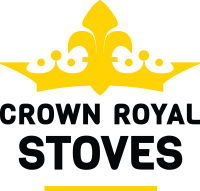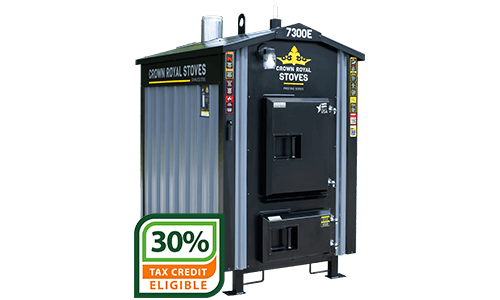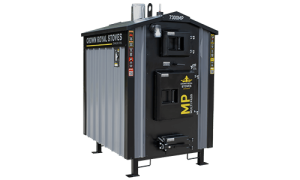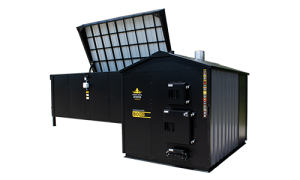If you own an outdoor wood furnace to heat your home, you may be all too familiar with the time or financial investment needed to stock up on firewood every year. Cutting, splitting and stacking firewood is time consuming and labor intensive. Even if you purchase your firewood, it takes time to properly stack and store. After this accomplishment, you may feel fully prepared for the upcoming heating season. However, one thing that must not be overlooked is the moisture content in your wood. Knowing the moisture content of the wood being burned plays a critical role in the functionality and longevity of the unit. A little more time invested in the wood you burn is worth avoiding future maintenance issues and damages to your outdoor boiler due to burning wet or green wood.
The moisture content in green wood makes it difficult to start and keep a fire going. Wet wood is very inefficient to burn, using up to 35% of the energy just to remove the moisture as it burns. It also results in high creosote buildup in your outdoor wood furnace, as well as increased smoke production. Burning seasoned firewood allows for a cleaner, more efficient burn.
The following guidelines and tools can help you burn drier wood, burn more efficiently and prolong the life of your outdoor wood furnace.
- Cut and split the wood. Split wood has greater surface area then wood that is not split, increasing evaporation.
- Stack the firewood in the sun. Even if it rains, wood will dry much faster when exposed to sunlight as opposed to under a shelter. Once it is seasoned, wood can be stored in a shed with plenty of air circulation or covered with a tarp with the sides exposed.
- Use a wood moisture meter to measure the moisture content of the wood. Ideally, the moisture content of the wood you burn in your outdoor wood furnace should be 19% or less.
A moisture meter is a tool you can use to make sure the wood you use is dry enough to burn efficiently in your outdoor wood furnace. There are two types of wood moisture meters available on the market; pin and pinless meters. A pin meter uses probes that are inserted into the wood to measure the moisture content, while a pinless meter uses an electromagnetic field. It can be difficult to get an accurate reading with the pinless meter on rough cut wood, so in the firewood application a pin meter will give you the best results.
Aside from using a moisture meter, there are other ways to tell if your firewood is sufficiently dry:
- Wood will darken to a yellow or gray color with aging.
- Cracks will run to the end grain rather than just in the center of the log.
- Hitting two pieces of wood together produces a hollow sound.
- After splitting a piece of wood, feel the freshly split side. If it feels warm and there is no dampness, it is seasoned.
- If you hear hissing noises while it burns, it is too wet.
Taking these precautionary measures to ensure your firewood is properly seasoned will go a long way in prolonging the life of your outdoor wood furnace. Burning wet or unseasoned wood results in excess buildup that will result in trouble down the road.
Protect your investment – know the Best Burn Practices!



